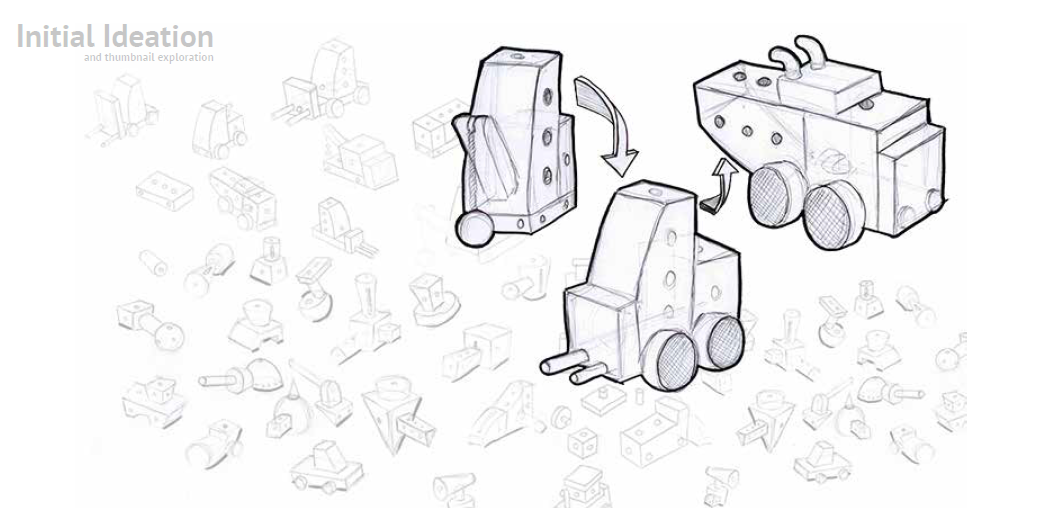The Biggest lesson I learned from Studying Industrial design
100… 10… 1…
One of the most impactful professors I had when in college was Owen Foster. Yes, the course material he taught was informative, but it was the soft skills I took away from the three classes I got to take with him that I use in my everyday life today.
Though there are many nuggets of knowledge I gained from Foster (which will probably show up in future posts), the one lesson I want to discuss today is what I’m calling the 100|10|1 principle.
Allowing the principle to sink in.
Before I explain each number, I want to share a quick story of how the lesson became embedded in my brain. It was week one of Intro to industrial design, I was a sophomore who just has switched majors from animation. Anxious to do my best in the course, I asked some of my teammates (I was fortunate enough to play college lacrosse) what to expect for week one of the class. The overwhelming response was, “Don’t worry about it; week one is just syllabus week!” The only issue was none of those teammates had taken IDUS101 with Foster.
I showed up at 8 am on Tuesday morning, all relaxed and ready to ease my way into the quarter. Forty-five minutes into the class, I heard, “For Thursday, you need to bring 100 concept sketches with details and callouts hung on the wall before class starts. No exceptions. If it is 8 am and you have 99 sketches hanging, you will get a failing grade for your first assignment.”
So much for it being syllabus week…
8 am Thursday morning came along, and I had my 100 sketches on the wall. I felt defeated and vulnerable having subpar work next to my classmates, but all 100 concept sketches were up on the wall. I learned a lot that morning. Here are the biggest lessons I still carry with me today.
College sketches
An idea on paper is worth more than one in your head.
Plenty of my classmates tried verbally illustrating the sketches they were short. Foster would interrupt them. Not hitting 100 sketches meant you didn’t get the reward of feedback from the class.
Not everything you put into the world can be perfect.
If you take too much time focusing on having each idea fully polished, hitting that 100 mark would be impossible. Spending 1 hour on each sketch is impossible, given that we only had 48 hours to complete the assignment. Realistically, when I subtracted my other classes, practices, lifting, eating, sleep, and commuting time from the 48-hour window, I had to do each sketch in 10 minutes or less. Good luck fitting perfection into 10 minutes.
Good ideas hide behind bad ones.
Knowing that I had to keep a 10-minute pace for each sketch was helpful because it forced me to build out the first idea that came to mind, even if it stunk. I found that the second or third variation of that idea ended up being the concepts that actually worked out.
Discipline is your most valuable asset.
Having to fight through the frustration of presenting crap to my classmates and feeling that I was wasting 20 hours of my life were very intrusive thoughts during this assignment (especially at 3 AM.) Building that muscle of pushing through those thoughts to finish the task at hand is something I’m the most thankful for Foster teaching in the course.
100 | 10 | 1
So what do the numbers actually mean? Well, the 100 is pretty apparent at this point. It takes 100 ideas to produce 10 “good” ideas. Refine those 10 “good” ideas to “great” ideas and then pick one to execute to make it an “excellent” idea. If you choose more than 1 to move forward with, you will limit its ability to become excellent.
This is the ideation method I still use for game development today. I don’t always hit the 100 ideas in one sitting, and playing other published games, I count toward the 100, but this is still my design philosophy almost a decade later.
Do you have a similar method you follow when ideating on your game designs? I’d love to hear your design philosophy in the comments below.


